Paul McRandle
Any Where Out of the World
1
Heraclitus wrote: The way up and the way down are one and the same.
Insomniacs know the shift when the close wall of the eyelids gives way to light, air, and a horizon. A world opens around the upright dreamer for a moment before consciousness of lying on one’s back flips over the flooring.
Heraclitus also wrote: A man lightens himself in the night when he is extinguished (as is his vision). Living, he joins with the dead while he sleeps; waking, he joins with one sleeping.
2
Children live in an inverted world, seeing things from below. All the adult work surfaces, counters, tabletops loom overhead with their bare wood underpinnings, labels from long defunct manufacturers, and outcrops of drawers. The underside opens a way to contemplating the world above without giving access to it. Forgotten storage bulges and the seams of things stand out. Shadows fall to the stars.
Puberty eroticizes the underworld, transforms inchoate sensations into a detailed vault, a grotto of gothic archways. But Eros is hardly done with us in the castle chambers, not while adolescence dwarfs us with immensity of feeling and rips our bodies out beneath our eyes. Eros’s playthings, we flit in the dark, tracing afterimages flickering through streets and passages.
3
Certain cities provide potent images of this hollow Earth: Paris’s catacombs and arcades, its narrow streets, its apartment corridors flickering into darkness as the timer ticks to zero; New York’s grated walkways and delivery chutes, steam vents, tunnels, and subways—but they have no monopoly. Ancient Britons in Holme buried the stump of an oak roots up near the sea, as if its inverted canopy shaded the other side to draw energy from the underworld sun.
4
The night after writing the previous lines I dreamt of walking through a forest brilliant with fall foliage to a pond in which a statue of a woman stood before a tree. Around the statue coiled a snake, the image of lion-headed Aion about which the serpent that binds the planets has wrapped itself seven times. And if the statue also suggests Eve before the tree of knowledge she is the Gnostic Eve, the serpent there to instruct. But a second serpent barred my way.
5
The inverted oak found during ebb tide on a Norfolk beach and another close by in a timber ring both date to the same summer of 2054 BCE. The mirrored sky encircles the oak’s roots at the very point it disappears beneath the surface.
6
As above, so below: The Gnostic ascent past the Archons and the Orphic descent through the world of the dead intersect in the oak at Holme. Joyce Mansour wrote in 1963: L’Arbre immergé passe au sons de l’enjoleuse cithare/Je me vengerai de ta racine aux narines empourprées.* (The submerged tree passes at the sounds of the coaxing cither/I will take vengeance upon your root with its enflamed nostrils.)
7
The murmur of the undercurrent, the subterranean stream flowing ceaselessly beneath the floorboards, the babbling ruckle of its waters over stone, nearly too faint for ears…
* Le Désir de désir sans fin, in La Breche #5
